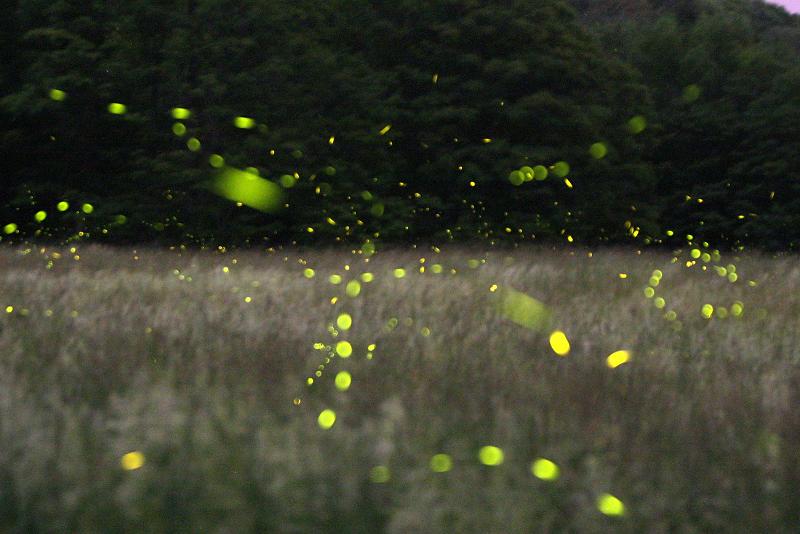Beltane has to do with heat, romance, passion, survival, spontaneity, food, fertility, and joining.
We celebrate the season of Beltane, also called Roodmas, May Day, and Walpurgisnacht, on April 30 or May 1. This is a minor celebration on the Wheel of Life and will probably not be indicated on your calendar.
Beltane is a festival having to do with heat, romance, passion, survival, spontaneity, food, fertility, and joining. It is a fire festival; having candles burning will provide a symbolic bonfire if you don’t have the space for outdoor celebrating with a blazing fire in a cauldron or chiminea.
While all colors may be used in your decorations, make sure to include white, dark green, and red. Serve your guests a buffet including, but not limited to, dairy foods, red fruits such as strawberries and cherries, green salads that incorporate herbs such as parsley, oat cakes, breads, and sangria.
The most familiar symbol of a Beltane celebration is the May Pole with its woven sheath of red and white ribbons. May baskets, woven wickerwork filled with leaves and grasses topped with an array or fresh flowers, are less familiar but also popular. Red and white flowers, especially roses to represent spiritual flowering, and lilies to represent the Goddess, are good to use in the decorations, red for masculine energies, white for the feminine. May baskets make lovely centerpieces for either the altar or the dining table.
Think of Beltane as a wedding feast celebrating fertility. The Goddess, now a ripe and receptive matron, unites with Lord Sun and will, in due course, give birth to the crops of the fields that will nourish us throughout the year. This is a time to not only recognize Life but to also take action on the activities and projects planned and begun during the Vernal Equinox.
Much of the tradition and ritual associated with Beltane has to do with marriage and fertility. In the Long-Ago, it was important to recognize this season, for a good harvest could come only from fertile soil, ample rain at the right time, and proper care given to the crops as they matured. Today we buy more than we grow, making it more important to be aware of the quality of the food we eat: the conditions under which the food was grown and how far away the food was grown. Beltane is a good time to turn your focus to buying and eating locally grown crops as much as possible.
Balance is also something to consider during your Beltane celebration. Plaiting or braiding cane, fabric, or hair for this festival is a simple way to indicate the necessary balance between work, play, and spiritual concerns. By adding flowers into your braided hair (or beard) and incorporating plaited decorations into your table deco, you can indicate your personal recognition of the importance of balance in your life.
On Beltane it is taboo to share food or give away fire. Therefore, do not share any leftovers from your meal and do not give your guests candles as gifts to take home. Other festivals are for sharing; this one is not.
Other traditional Beltane practices from the Long-Ago include bathing the face with morning dew to promote beauty; horn blowing; filling your pockets with wild thyme or the mixed flower buds of thyme, marigold, hollyhock, and hazel to help you see the fairies that are out and about on this day. Look for fireflies in your yard at dusk: lore tells us that fairies ride fireflies, so where there are fireflies there are also fairies. I shall be watching for them.
As with all rituals, I suggest you do what seems reasonable and prudent for yours.
[Kate Braun was a contributor to the original Rag. Her website is www.tarotbykatebraun.com. She can be reached at kate_braun2000@yahoo.com. Read more of Kate Braun’s writing on The Rag Blog.]


















